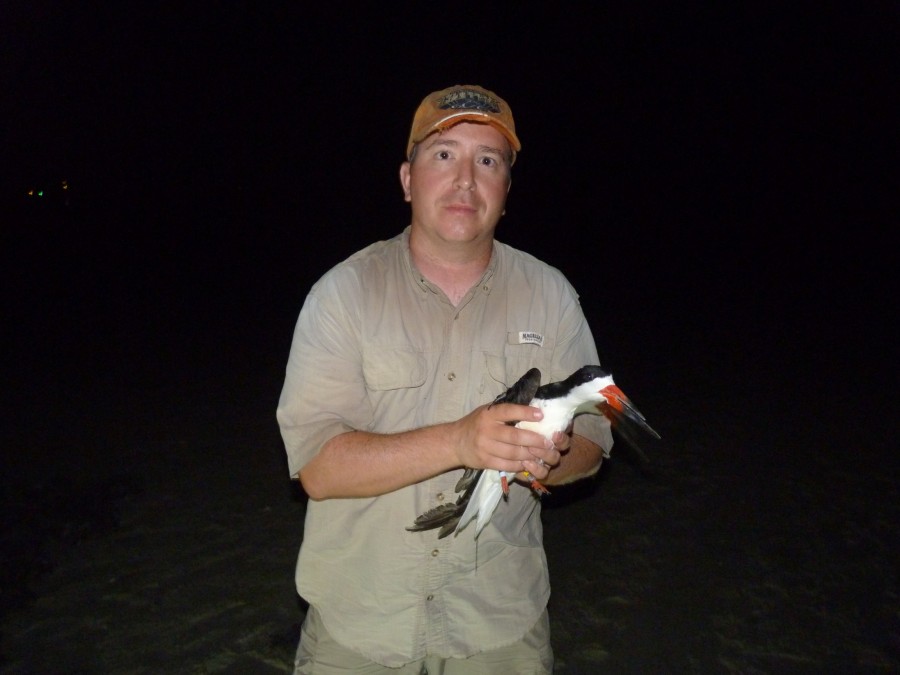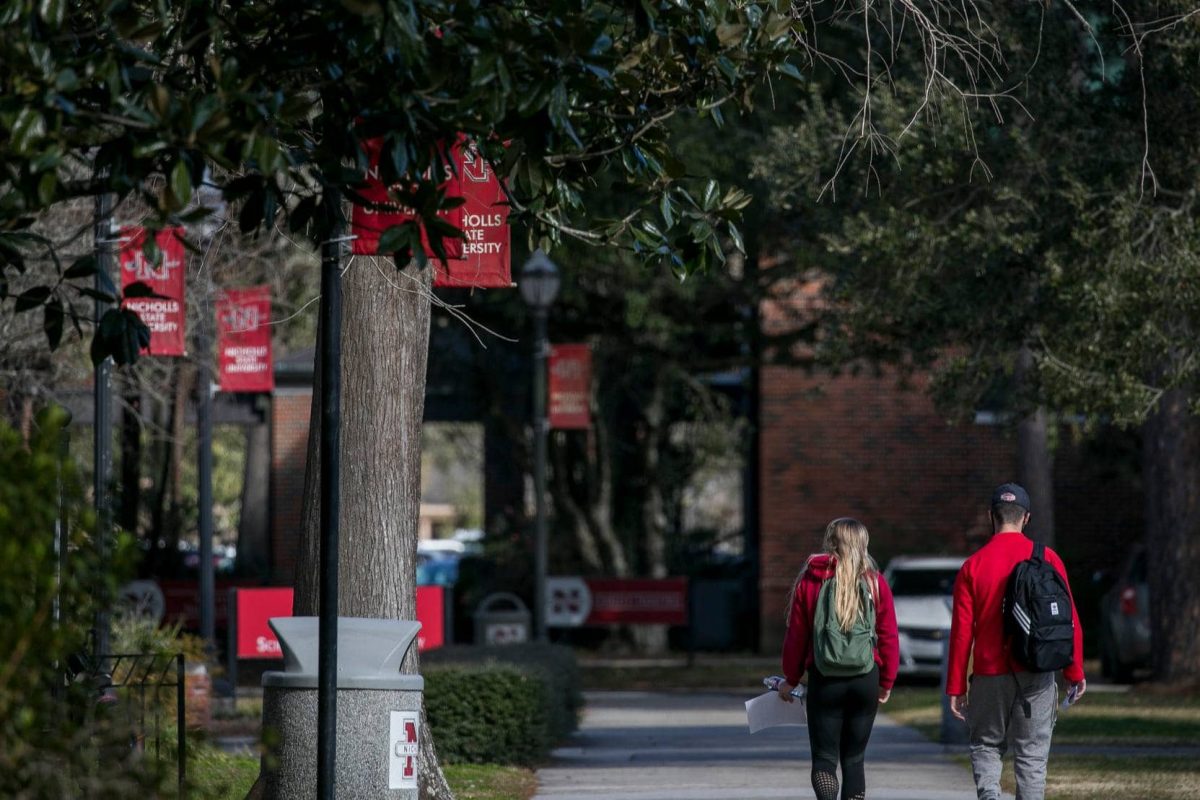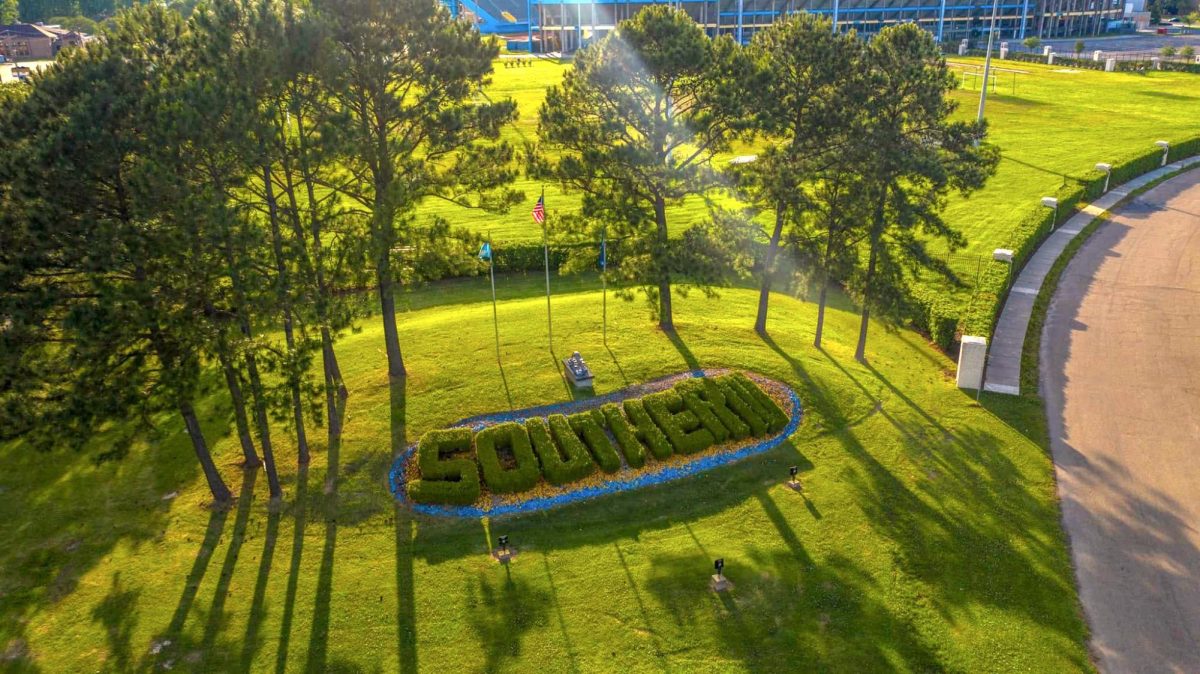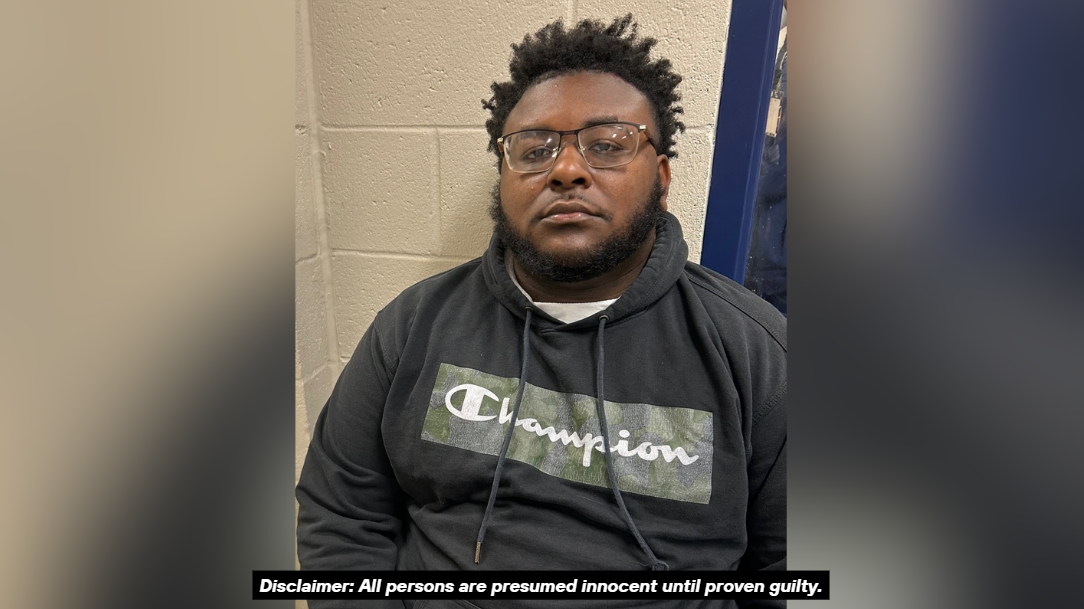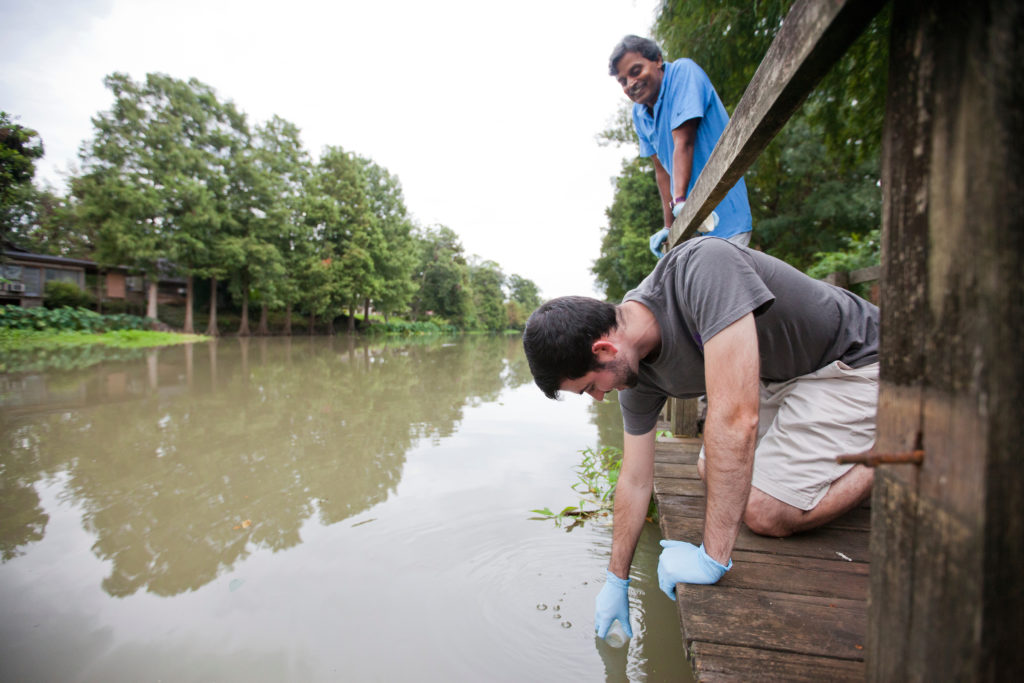Aaron Pierce, assistant professor of biological sciences, has been researching bird nesting at the Isles Dernieres with undergraduate and graduate students since 2007 to acquire more knowledge about the living patterns of birds on the Isles.
The Isles Dernieres, located south of the shoreline of Terrebonne Parish, consist of three different land masses: Raccoon, Wine and Whiskey Islands. The islands are important habitats for thousands of birds during the summer months for breeding and also serve as barriers against hurricanes.
Isles Dernieres is one of two major barrier island chains that have helped protect the marshes of Louisiana, as well as providing a rich habitat for wildlife. This important bird area is in a remote location and has a diverse habitat, which is very invaluable to birds. These and other barrier islands range from beaches, shrub-lands, coastal dunes and marshes. The barrier islands offer habitat to nesting, wintering and migrant birds. However, this area is still extremely vulnerable to hurricanes, coastal erosion and rises in sea level. In 1856, for example, a hurricane swept across the Isles, which resulted in the loss of land and lives.
Pierce has several students who have had the opportunity to spend time researching the area and the birds there. These particular islands have been classified as a refugee and are managed by the Louisiana Department of Wildlife and Fisheries (LDWF).
Pierce said that the project began in 2007, and since then, students have had the chance to work firsthand with the birds.
“Students get the opportunity to do extensive research on the birds,” Pierce said. “There was concern over why certain species of birds were not colonizing on certain islands in Isles Dernieres, and these islands are some of the largest breeding areas for birds in the state.”
Pierce said the students’ work specifically includes researching needs, hatching success and growth rates of the birds. The four species mainly researched are Royal Tern, Sandwich Tern, Gull-billed Tern and Black Skimmer.
According to Pierce, fairly little is known about how the birds use the Isles during winter. This is because of migration, although some birds stay here during the winter months.
“We do know, however, that when the birds are on the islands, there can be any where from 20,000 to 40,000 breeding pairs.”
Since the LDWF and U.S Fish and Wildlife Service provide funding, Pierce said that these organizations have to be updated through quarterly or midterm reports. Graduate students at scientific meetings also share updates and research.
“Students have had the chance to present their research to the Louisiana chapter of Wildlife Society and the Louisiana Academy of Sciences. We also try to get research published in scientific journals,” Pierce said.
Pierce added that the whole point of this project and similar projects is to help others understand what is happening with local wildlife.
“Community outreach and involvement is very important because people in South Louisiana have a special and close tie with the land and the animals that live on it.”
Pierce also noted that students previously involved with the project who have graduated have had success because of what they were able to accomplish at the Isles Dernieres.
“Employers see the potential that these young people have and are impressed by it.”



